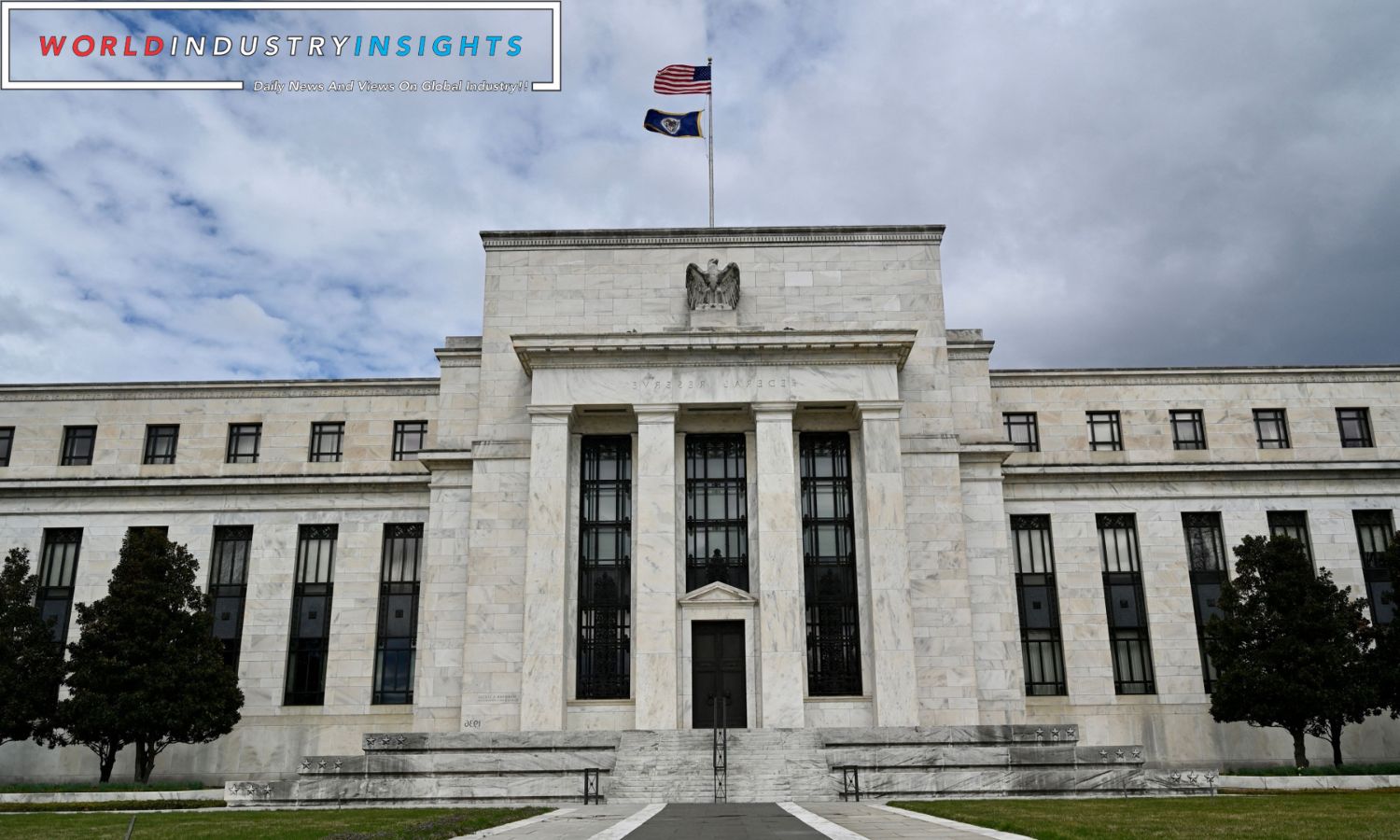Traders Assess Federal Reserve Monetary Path: The US dollar fluctuated Monday as traders discussed possible US government monetary policy changes. Before the week ended, the dollar hit a quarterly high. Currency markets worldwide thought about more interest rate hikes after Federal Reserve Chairman Jerome Powell sent a mixed message. This made the U.S. dollar stronger than other major currencies. For most of the nine months before, the Japanese yen’s value was near its lowest point.
All attendees of the annual Jackson Hole Economic Policy Symposium were eager for Powell’s careful keynote speech. He acknowledged that inflation was falling and the American economy was surprisingly strong. He also believed in the economy.
Powell said, “Our next steps will be measured,” meaning the Fed will decide whether to tighten monetary policy further or wait for more economic data. This decision determines whether to tighten monetary policy.
These events caused the dollar index, which compares the US dollar to six other major currencies, to fall 0.106% to 104.05. This level is a new low. Still, it traded near its 12-week high of 104.44 and is on track to end a two-month drop with a 2% rise this month. This is true even though it looks like it will rise 2% by the end of the month.
The CME FedWatch tool, which measures market sentiment, predicts an 80% chance that the Federal Reserve will maintain its policy for the next month. The market expects the Fed to maintain its policy, so this is likely. In one week, the chance of a quarter-point increase in November rose from 33% to 48%. October had a 33% chance of price increases.
Pepperstone’s chief research officer, Chris Weston, said November is becoming a turning point where real-world data could change interest rate forecasts. “November is looking more and more like a turning point where real-world data could change interest rate predictions,” Weston said.
Also Read: Federal Reserve Addresses Persistent Inflation Concerns: Powell Indicates Rate Hikes Ahead
Weston noted that the possibility that the Federal Reserve will change interest rates in November strengthens the dollar while the other G10 central banks do nothing. Inflation has remained higher than the Fed wants, raising concerns about long-term high-interest rates. Several positive economic indicators have eased concerns about a US economic downturn.
This week, investors will focus on US labor market, core inflation, and consumer spending reports. If labor market restrictions loosen and prices rise, Rodrigo Catril, a senior currency strategist at the National Australia Bank, said the Federal Reserve’s tightening of monetary policy may end.
A question about whether the data supports Catril’s statement was answered. However, “If the data landscape isn’t helpful, there may need to be more financial restrictions,” he said. If the data landscape doesn’t cooperate.”
Asia valued a dollar at 146.46 yen. The yen fell slightly against the dollar. It’s never been this close to its lowest price, over nine months ago. Market participants are watching for Japanese government currency market moves. The euro and British pound made a small recovery from two-month lows.
The Australian and New Zealand dollars also strengthened after China lowered stock trading stamp duty. The Chinese stock trading stamp duty reduction helped the Australian and New Zealand dollars. However, Antipodean currencies fell more than 4% this month as concerns about China’s slow economic recovery due to the pandemic grew.
Our Reader’s Queries
What are the 3 monetary tools of the Federal Reserve?
The Federal Reserve Act of 1913 granted the Federal Reserve the task of regulating monetary policy. This involves managing three key tools: open market operations, the discount rate, and reserve requirements. By utilizing these tools, the Federal Reserve can effectively control the flow of money in the economy.
What is the expected path of federal funds rate?
The Federal Reserve has indicated that it will no longer increase its policy rate and is preparing to decrease it by 75 basis points in the coming year, with additional cuts to follow. According to the Fed’s latest projections, the federal funds rate is expected to drop by 250 basis points by the end of 2026.
How is monetary policy determined by the Federal Reserve?
The Federal Reserve uses its power to influence the federal funds rate to implement monetary policy. This rate is the interest rate that financial institutions charge each other for overnight loans in the reserves market. The Fed’s actions, which are explained below, have an impact on the federal funds rate.
What is the monetary policy of the Federal Reserve in 2023?
Starting December 14, 2023, the interest rate paid on reserve balances will be at 5.4 percent, within a target range of 5-1/4 to 5-1/2 percent. The rate of 5.5 percent will have an aggregate operation limit of $500 billion, while the offering rate of 5.3 percent will have a per-counterparty limit of $160 billion per day.


